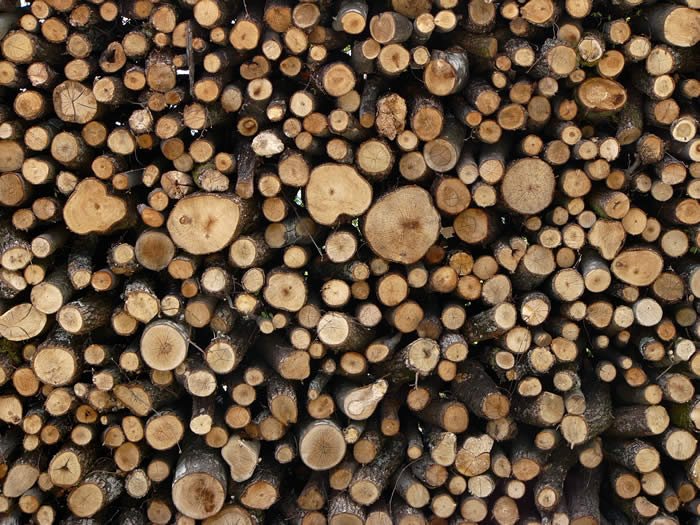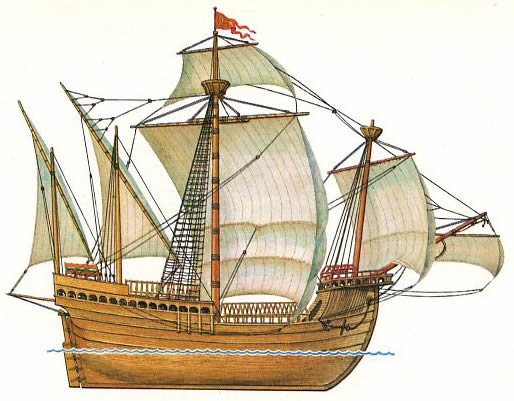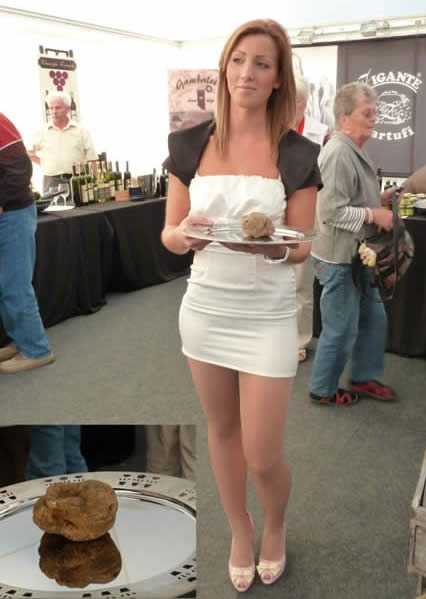Timber and truffles in Istria
A short history
Today the location for our Istrian holiday lies in NW Croatia. But from 1947 until 1991 it was part of Yugoslavia and from 1919 until after the end of the Second World War it was part of Italy.
Venice rules – with the help of Istrian timber
The changes of hands don’t stop there though. The magnificent Montona Forest, stretching out from our hotel towards the coast about 20 miles away was once hotly-contested and key to the power of the Venice Republic, La Serenissima, from the mid-thirteenth century until the fall of Venice in 1797. The resulting vacuum was filled by Austria-Hungary who lost control only briefly (1806-1813) to Napoleon until the Hapsburgs’ final demise in 1919.
The Venetian Republic once stretched from the Alps all along the north-eastern shores of the Adriatic and Mediterranean, including modern-day Cyprus and Crete. To shore up this trade-based empire, which shared ‘hot’ borders with those of the Hapsburgs (Austria-Hungary) and the Ottomans (based in modern-day Turkey) the Venetians required real military might and enormous numbers of ships which were built in the Venice shipyards … L’Arsenale. And, at the time, given the short life of wood in water and the greatly-feared shipworm Teredo navalis, building ships required timber – lots of timber.
To give an idea of the scale of this enterprise, the main Venetian shipyards covered 45 hectares (110 acres) and employed 16,000 workers on what was perhaps the very first production line churning out almost one Venetian galley per day using standardised parts produced elsewhere.
To feed this behemoth, the Venetians needed oak. They had rapidly stripped their own coastal plain of ‘English’ oak (Quercus robur) with the land given over to agriculture to feed the population involved in commerce.
Obtaining supplies in southern Europe is difficult because, then as now, good straight oak for masts and spars only grows in the plain ‘with its feet wet’. A beautiful riverine oak forest stretched (and still stretches) from the hot springs at Sveti Stjepan - San Stefano (the location of our hotel) along the river Quieto (the modern day Mirna) towards the Adriatic. The Venetians managed this resource carefully for more than 500 years, defending it against all-comers, the Austrians, the Turks and illegal loggers.
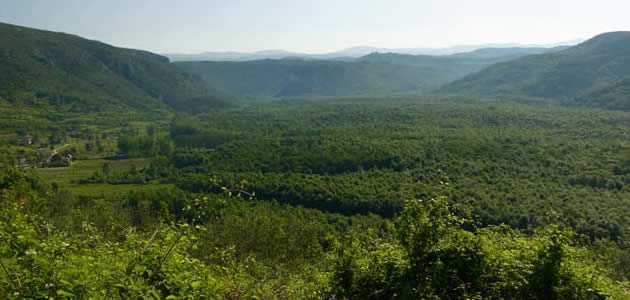
Oak woodlands in the Mirna river valley
Truffles - white and black gold
Today the value of oak in shipbuilding is almost a footnote in history and the forests along the Quieto might have joined those in the Venetian plain, conserved only in memories, paintings and place-names, had it not been for the fortuitous discovery of both white Tuber magnatum and black T. melanosporum truffles in 1930.
These symbiotic fungi (the white being the rarest, found only in Piemonte in NW Italy, very limited neighbouring areas in France and Switzerland plus Istria), live only on the roots of oak and hazel trees where the soil conditions are perfect and are found using specially-trained dogs.
Were it not for this discovery the forests would probably have been grubbed up and replaced by agriculture. Now, with 6000 kilograms a year being harvested, worth as much as £10,000,000 (and much, much more by the time they are grated over pasta in chic restaurants in London, Paris, Milan and New York), the trees are far too valuable standing where they are.
The truffles provide a living for around 3,000 local people with about 1,000 people collecting full-time during the season and prove a big draw for the local restaurants. This is surely the only Honeyguide holiday where your pasta comes with truffles … should you want them of course!
Back to nature notes . . . . . . . . . . . . . . . . . . . . . . Paul Tout, October 2010
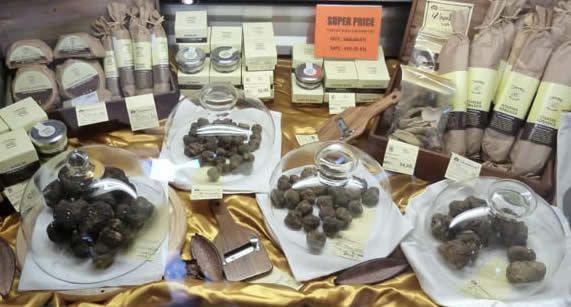
Truffles at the
17th 'tuberfest' at Livade, Istria, October 2010


